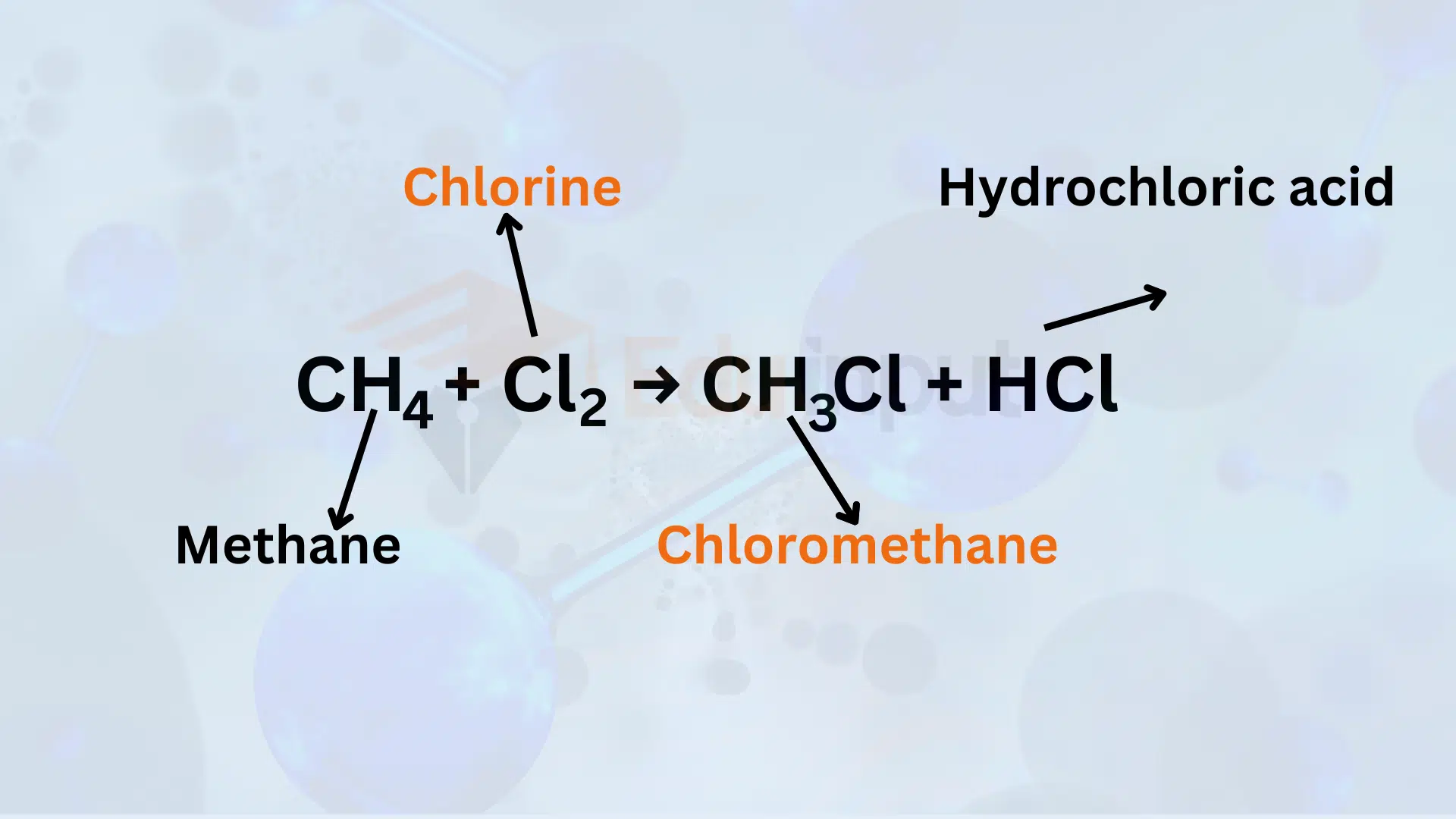15 Examples of Titration
Titration is a widely used technique in analytical chemistry to determine the concentration of a substance in a solution. It involves carefully adding a solution of known concentration to a sample until a reaction is complete, allowing us to calculate the unknown concentration.
Examples of Titration
Here are 15 examples of titration:
1. Acid-Base Titration
One of the most common types of titration involves determining the concentration of an acid or base in a solution. It’s crucial in fields like pharmaceuticals and environmental monitoring.
2. Redox Titration
Redox titration involves the transfer of electrons between reactants. It’s used to determine the concentration of substances that can undergo oxidation or reduction reactions.
3. Iodometric Titration
Iodometric titration is frequently used to determine the concentration of reducing agents, such as vitamin C in fruit juices or thiosulfate in photography solutions.
4. Complexometric Titration
Complexometric titration is employed to determine the concentration of metal ions, often using chelating agents like EDTA.
5. Precipitation Titration
Precipitation titration involves forming a solid precipitate to determine the concentration of anions or cations in a solution.
6. Potentiometric Titration
Potentiometric titration measures the potential difference between two electrodes during the titration, offering high precision in concentration determination.
7. Karl Fischer Titration
Karl Fischer titration is used to measure the moisture content in various substances, particularly in the food and pharmaceutical industries.
8. Non-Aqueous Titration
Non-aqueous titration is performed in solvents other than water and is crucial for substances that are insoluble or react with water.
9. Direct Titration
Direct titration involves directly titrating the substance of interest, such as determining the purity of aspirin tablets by titrating with a strong base.
10. Back Titration
Back titration is used when the reaction between the analyte and titrant is slow or incomplete. It involves titrating the excess reactant with another solution.
11. Photometric Titration
Photometric titration uses changes in absorbance or emission of light to detect the endpoint of a titration, often employed in pharmaceutical analysis.
12. Conductometric Titration
Conductometric titration measures the change in electrical conductivity during a titration, particularly useful for weak acids or bases.
13. Gas-Phase Titration
Gas-phase titration measures the change in pressure or volume of a gas during a titration, commonly used in gas analysis and calibration.
14. Microtitration
Microtitration involves performing titrations on a very small scale, typically using microvolumes of solutions, vital in biochemistry and pharmaceutical research.
15. Sequential Titration
Sequential titration is a series of titrations carried out step by step, often used to determine multiple components in a sample.





Leave a Reply